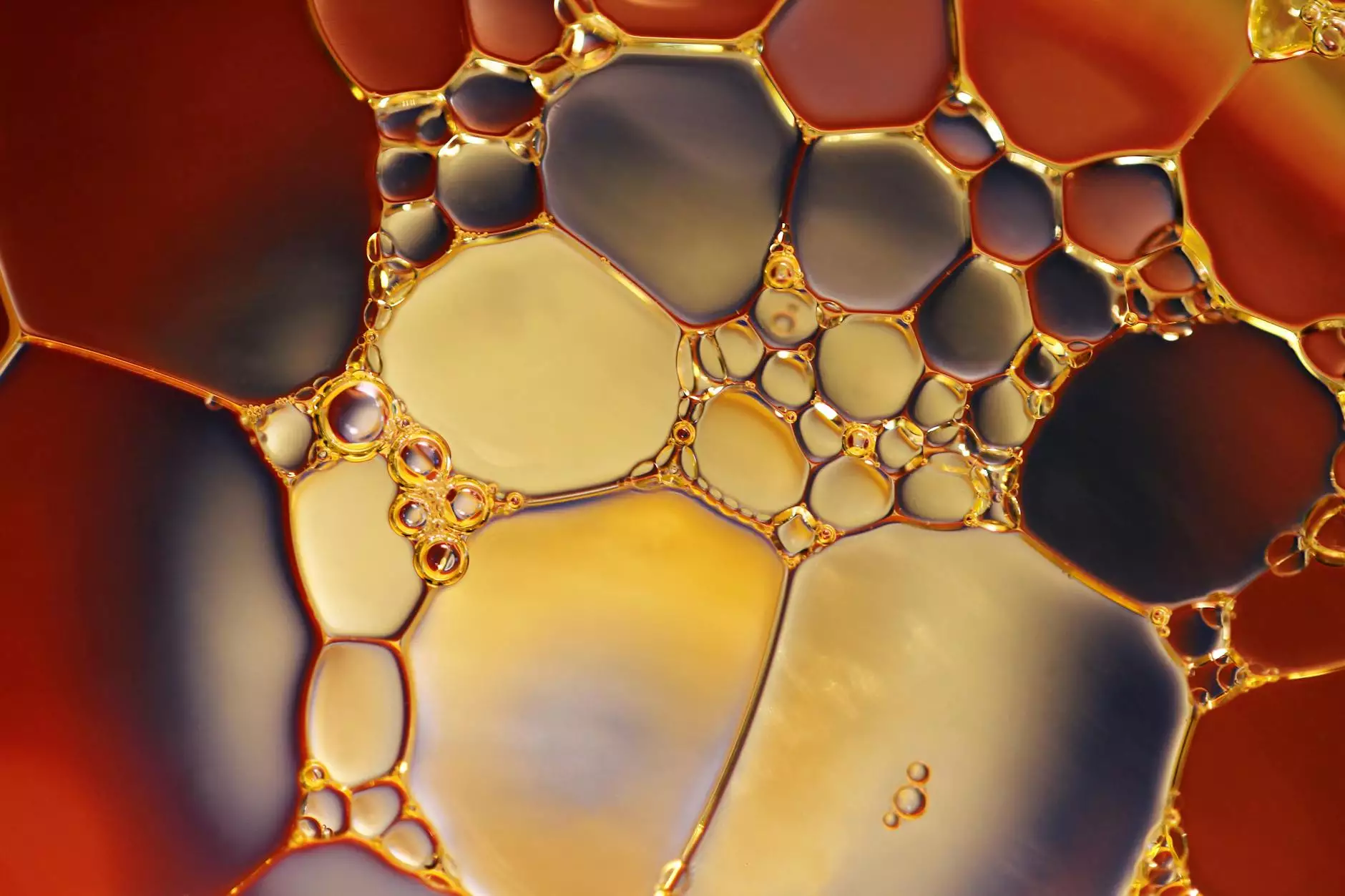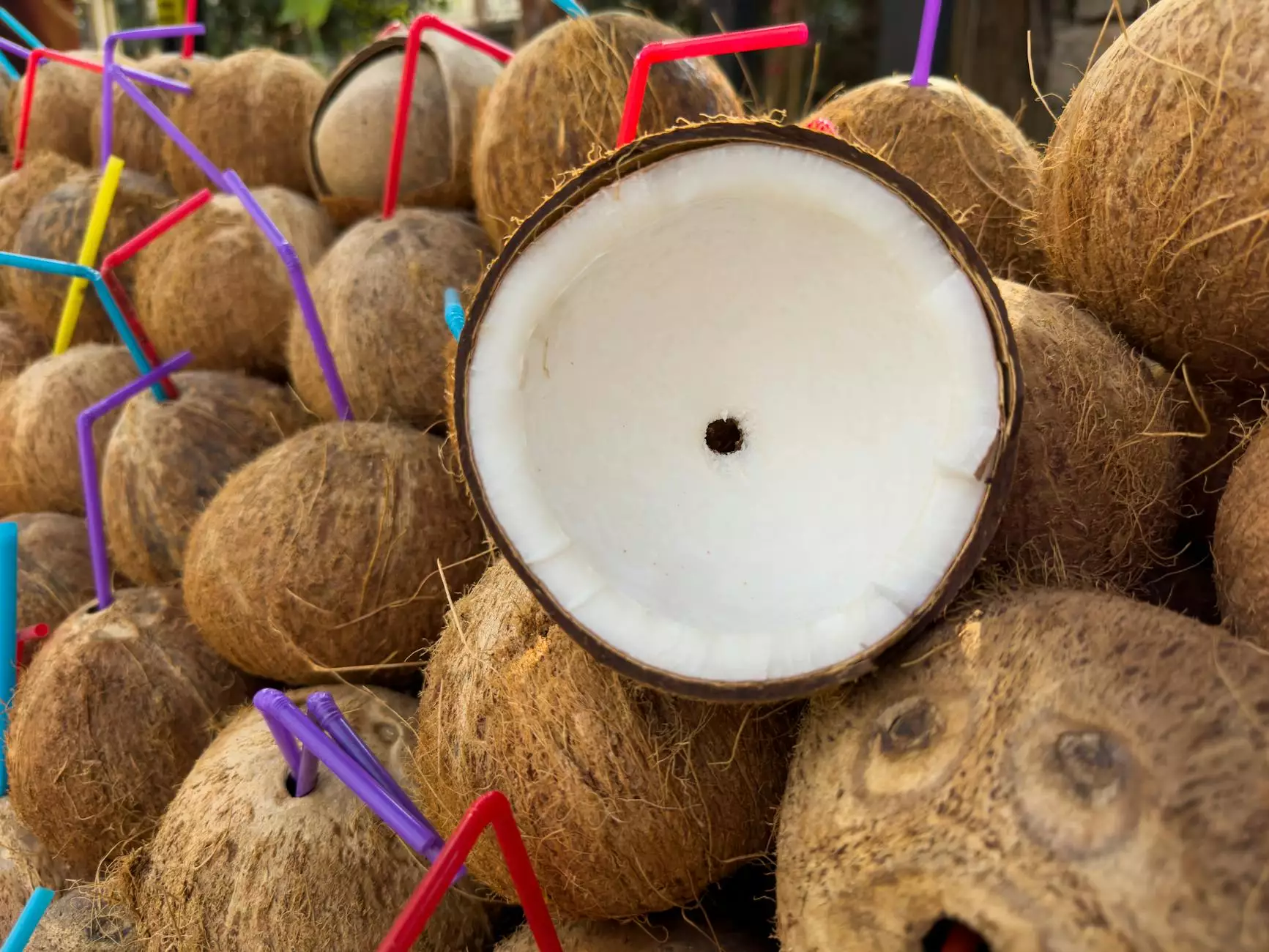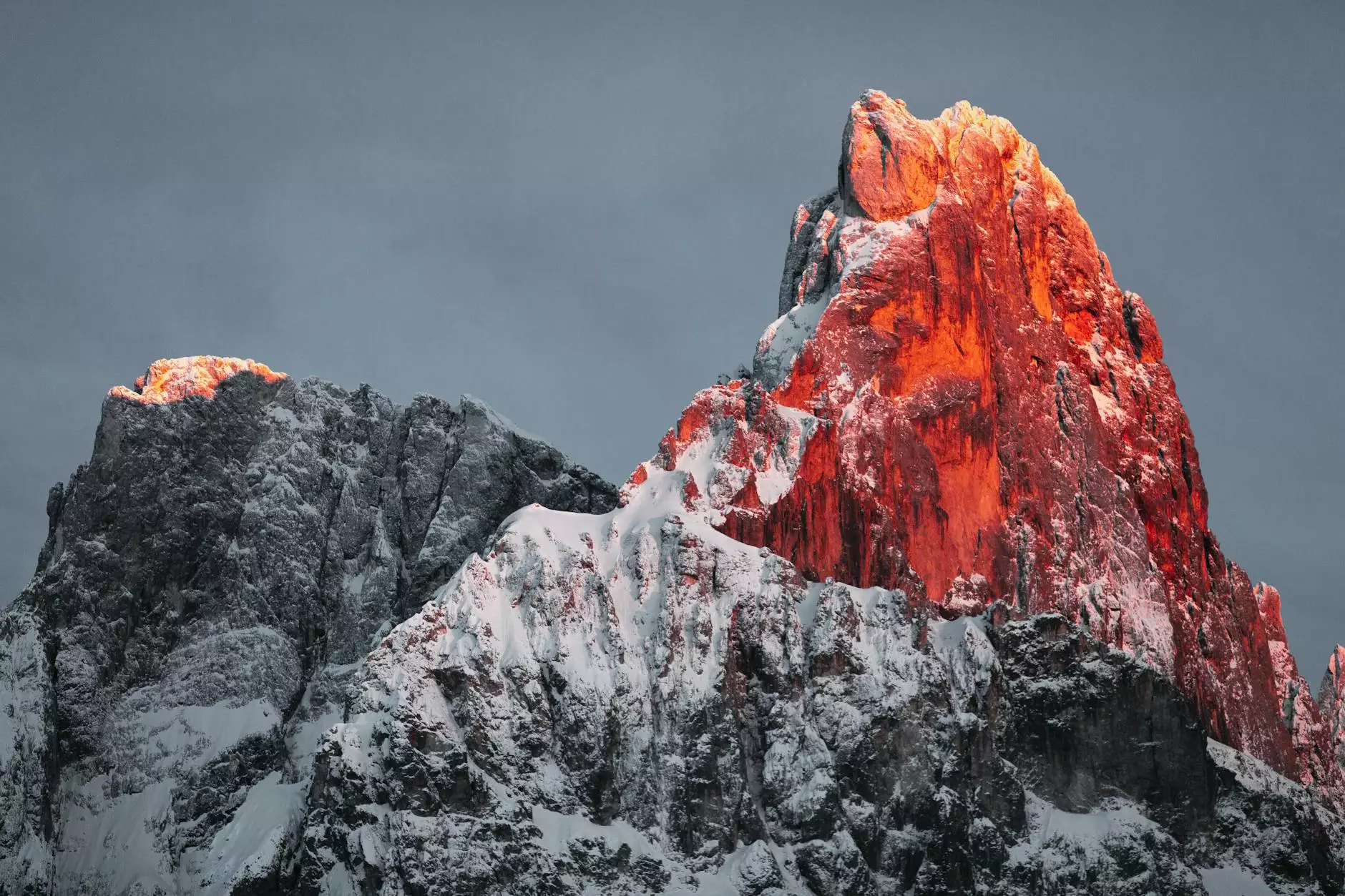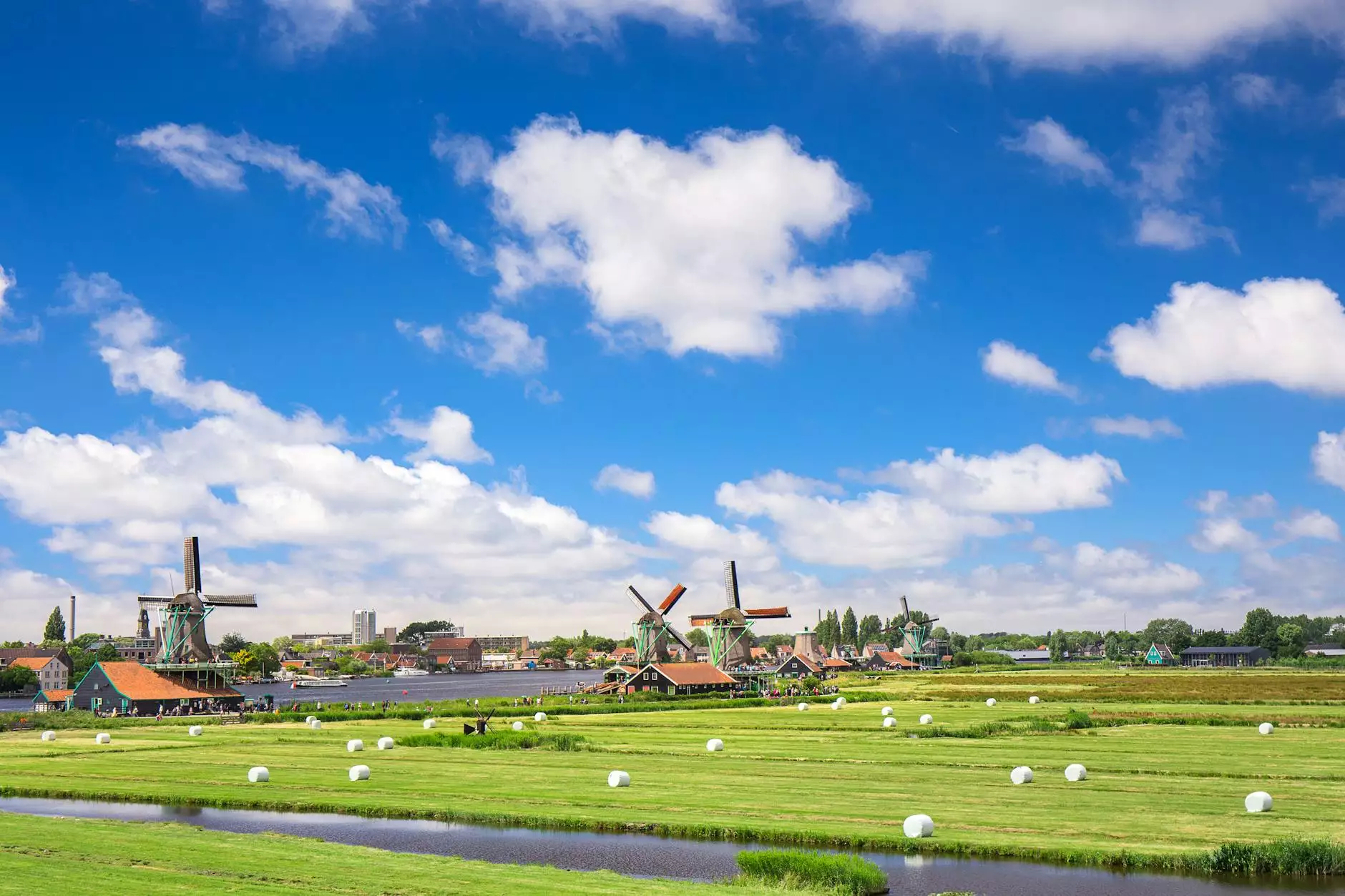Essential Event Photography Gear for Stunning Captures

Event photography captures some of the most memorable moments in people's lives, from weddings and birthdays to corporate events and concerts. To ensure that these moments are preserved beautifully, having the right event photography gear is crucial. In this comprehensive guide, we will explore the essential pieces of equipment that every photographer should consider when preparing for an event. Whether you are a seasoned professional or a passionate amateur, the right tools can make a significant difference in the quality of your photos.
Understanding the Importance of Event Photography Gear
When you step into the world of event photography, the gear you choose can greatly affect the final outcome of your photos. It's not just about capturing the moment but doing so in a way that is visually stunning and technically proficient. High-quality gear allows you to:
- Optimize image quality: Good lenses and cameras provide superior image quality, ensuring your photos are sharp and vibrant.
- Adapt to various lighting conditions: Events can take place in a range of lighting environments, requiring gear that performs well in both low and bright light.
- Be versatile: The right gear allows for a variety of shooting styles, whether you need to capture a wide-angle shot of a large crowd or a close-up of a special moment.
- Ensure reliability: Events often span several hours, so your equipment needs to be durable and reliable throughout the duration.
Key Components of Your Event Photography Gear
1. Cameras: The Heart of Your Setup
The camera is arguably the most important piece of gear in your event photography arsenal. When selecting a camera, consider:
- DSLR vs. Mirrorless: Both types have their advantages. DSLRs offer optical viewfinders and often better battery life, while mirrorless cameras are generally lighter and offer real-time exposure previews.
- Megapixels: While more megapixels allow for larger prints and detailed cropping, for most event photography, cameras ranging from 20 to 30 megapixels are sufficient.
- Video Capabilities: If your event includes memorable speeches or performances, consider a camera with strong video capabilities.
2. Lenses: The Key to Detail and Depth
Your choice of lenses can drastically affect your shooting style and the quality of your images. Here are some essential lenses:
- Prime Lenses: Fixed focal lengths such as 35mm or 50mm are excellent for low light and portraiture, thanks to larger apertures.
- Zoom Lenses: Versatile zoom lenses (like a 24-70mm or a 70-200mm) allow for quick composition changes without having to swap lenses frequently.
- Wide Angle Lenses: Perfect for group shots and capturing the ambiance of the venue.
3. Lighting Equipment: Mastering the Light
Lighting can make or break your event photos. Invest in:
- External Flash Units: These provide additional light sources and can be positioned to reduce harsh shadows.
- Diffusers and Reflectors: These tools help soften harsh light and bounce light into your subject for a natural look.
- Continuous Lighting Kits: Useful for capturing video or for situations where you need consistent lighting over time.
4. Stabilization Gear: Keeping Your Shots Steady
To avoid blurry images, especially in low light or during motion, consider:
- Tripods: They provide stability for long exposures and group shots.
- Monopods: Ideal for mobile support, allowing for extended shooting periods without fatigue.
- Gimbals: Useful for video work, they stabilize your camera to produce smooth footage.
5. Accessories: Enhance Your Efficiency
Beyond the main gear, certain accessories can improve your workflow:
- Extra Batteries: Events can last several hours, and having backups ensures you won't miss critical moments.
- Memory Cards: High-capacity and fast memory cards will allow you to shoot continuously without worrying about storage.
- Camera Bag: A quality camera bag protects your gear and helps organize your equipment for easy access.
- Lens Cleaning Kit: Keeping your lenses clean is crucial, especially in outdoor events where dust and water can be present.
Preparing for Any Event: A Gear Checklist
Preparation is key to successful event photography. Here’s a comprehensive checklist to ensure you have everything covered before you head out:
Pre-Event Gear Checklist:
- Cameras: Primary and backup cameras.
- Lenses: A range of prime and zoom lenses for different shooting scenarios.
- Flashes and Lighting: At least one external flash and any additional lighting equipment needed.
- Stabilization Equipment: Tripods, monopods, and gimbals.
- Accessories: Extra batteries, memory cards, cleaning supplies, and camera bags.
During Event Tips:
Once you arrive at the event, here's how to make the most out of your gear:
- Familiarize Yourself: Take time to understand the venue's lighting and layout.
- Communicate with Clients: Keep in touch with the hosts for any key moments or must-have shots.
- Stay Flexible: Be ready to change settings and composition quickly as the event unfolds.
Conclusion: Elevate Your Event Photography
Investing in the right event photography gear can dramatically improve the quality of your work and enhance your overall shooting experience. By understanding the importance of each component, from cameras to accessories, you can ensure that you are fully equipped to capture the essence of any event. Remember that practice, creativity, and the right tools come together to help you create lasting memories through your photography.
For more information on photography gear and services, visit Morton Visuals. Whether you’re looking for advice, professional photography services, or a curated selection of the latest gear, they have you covered.








